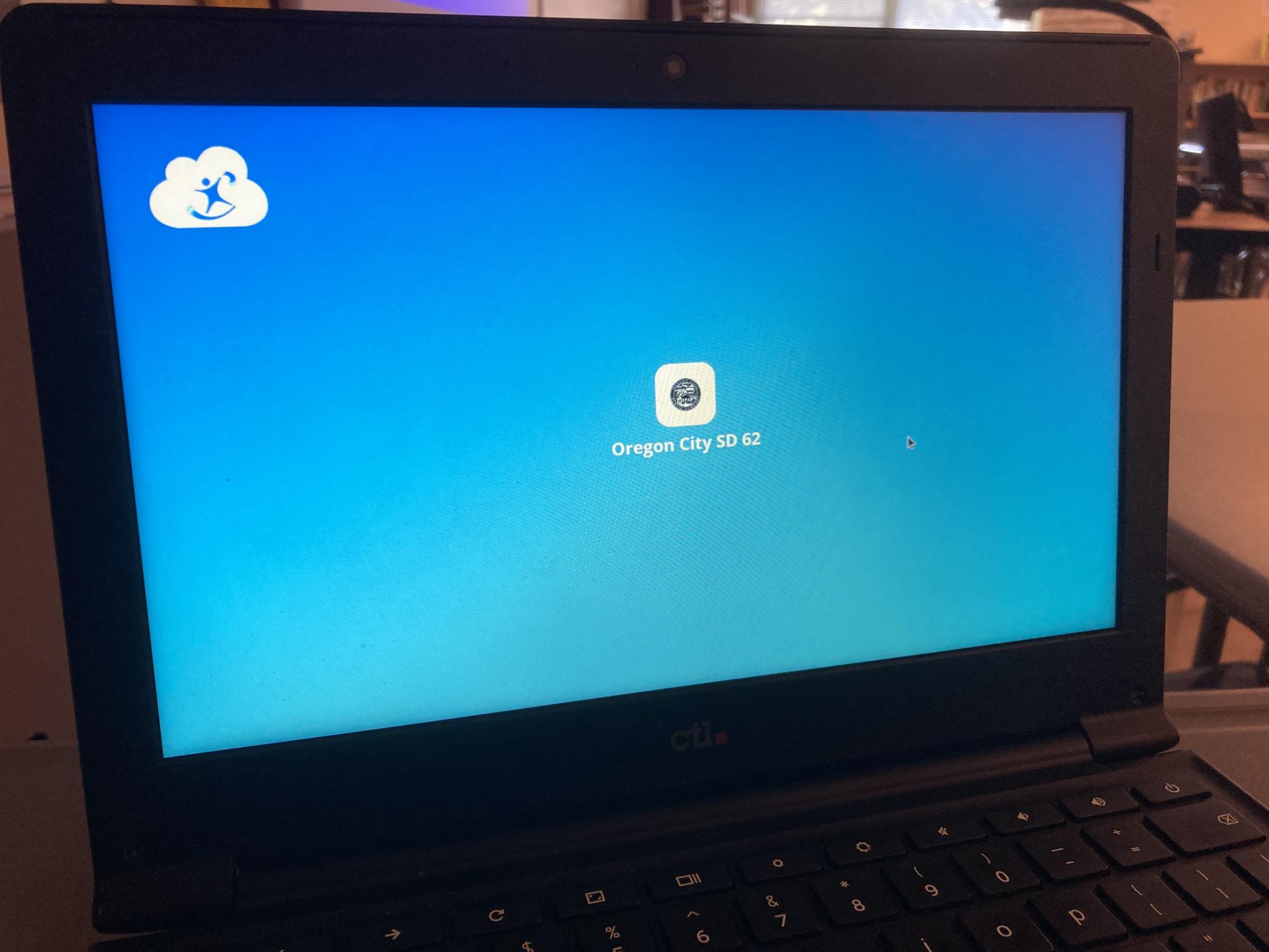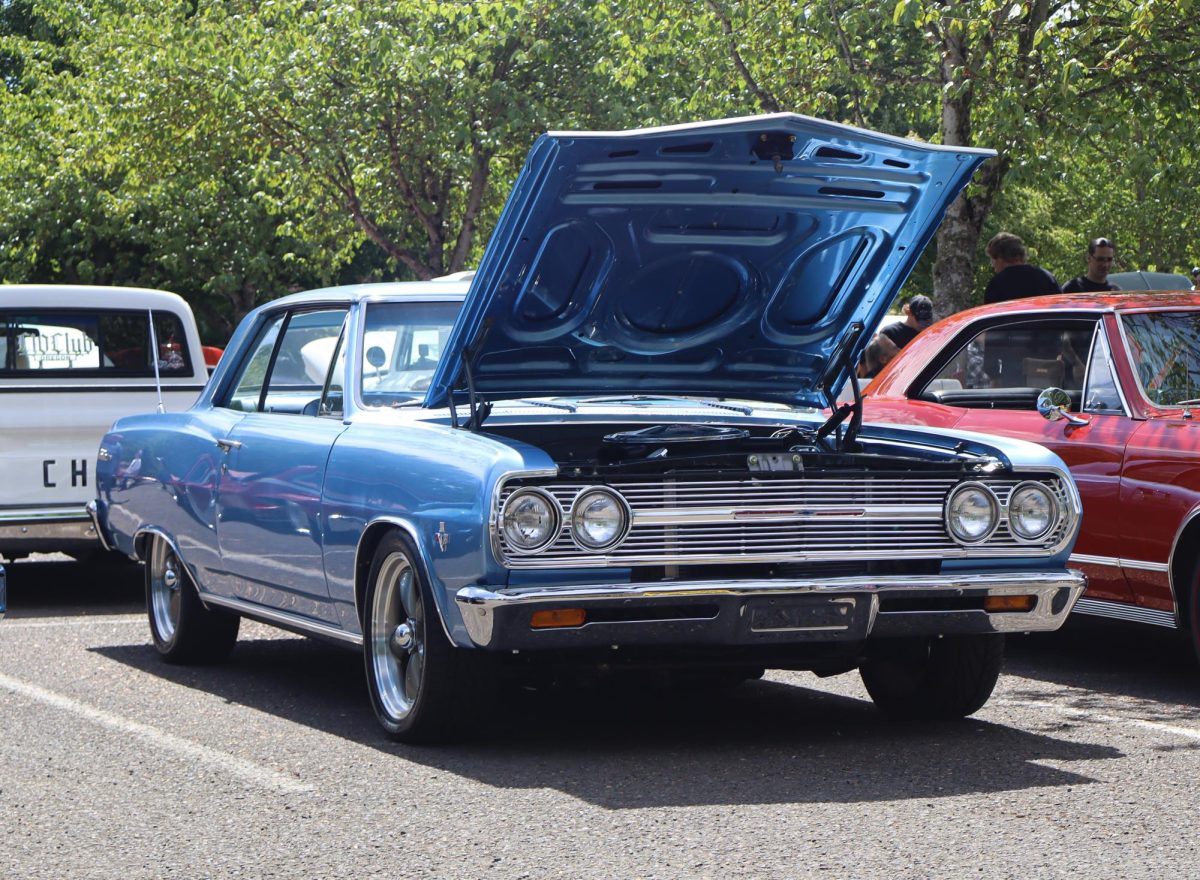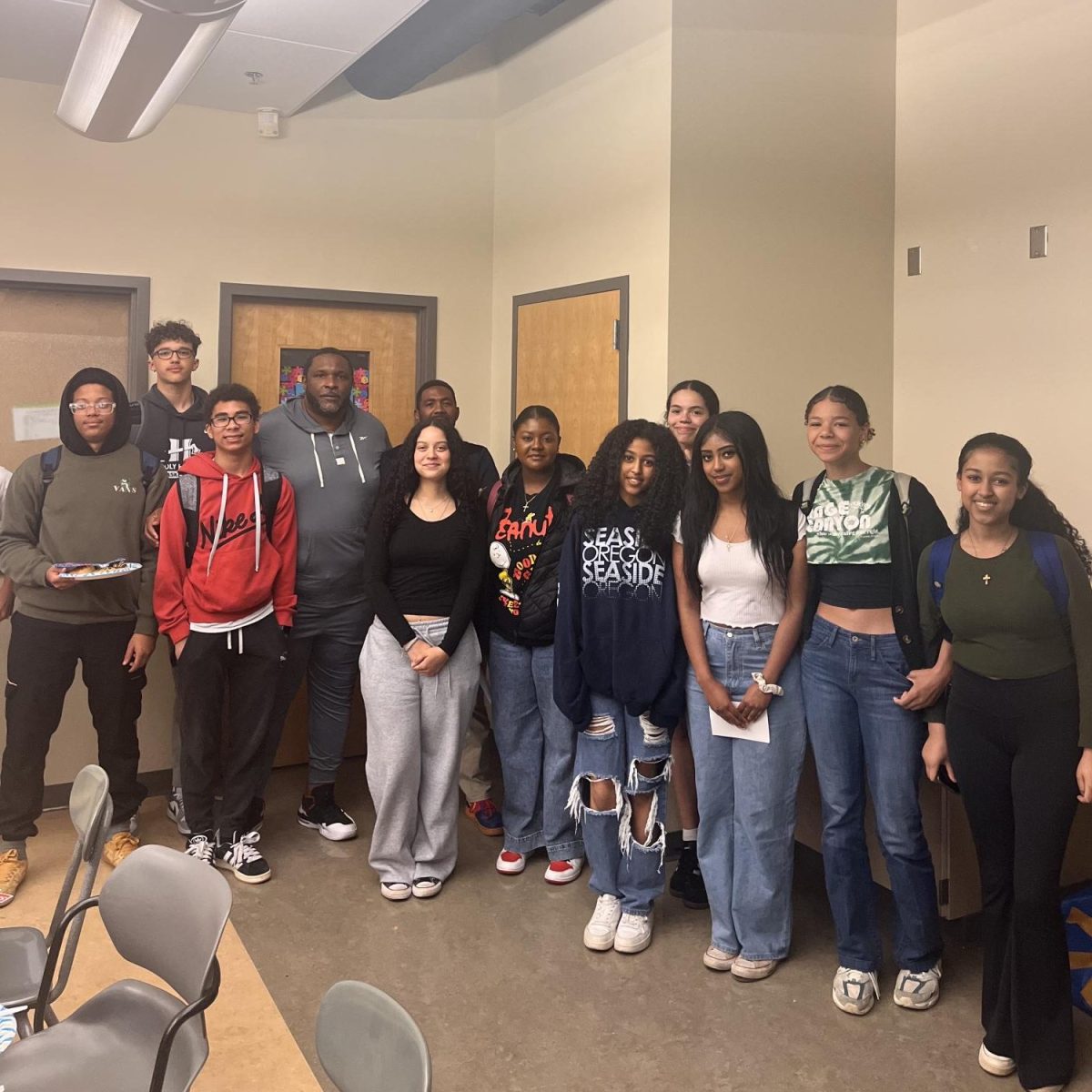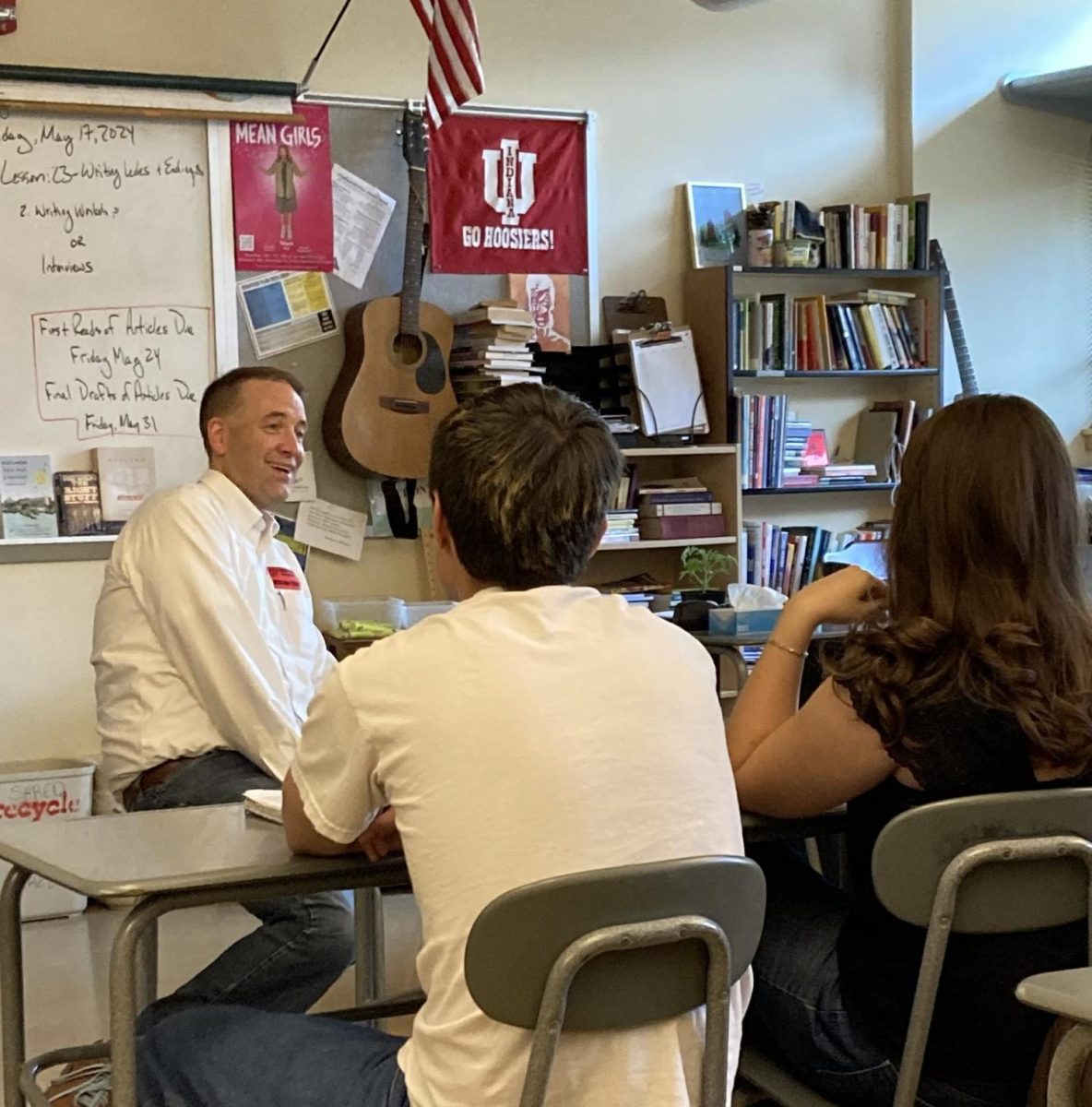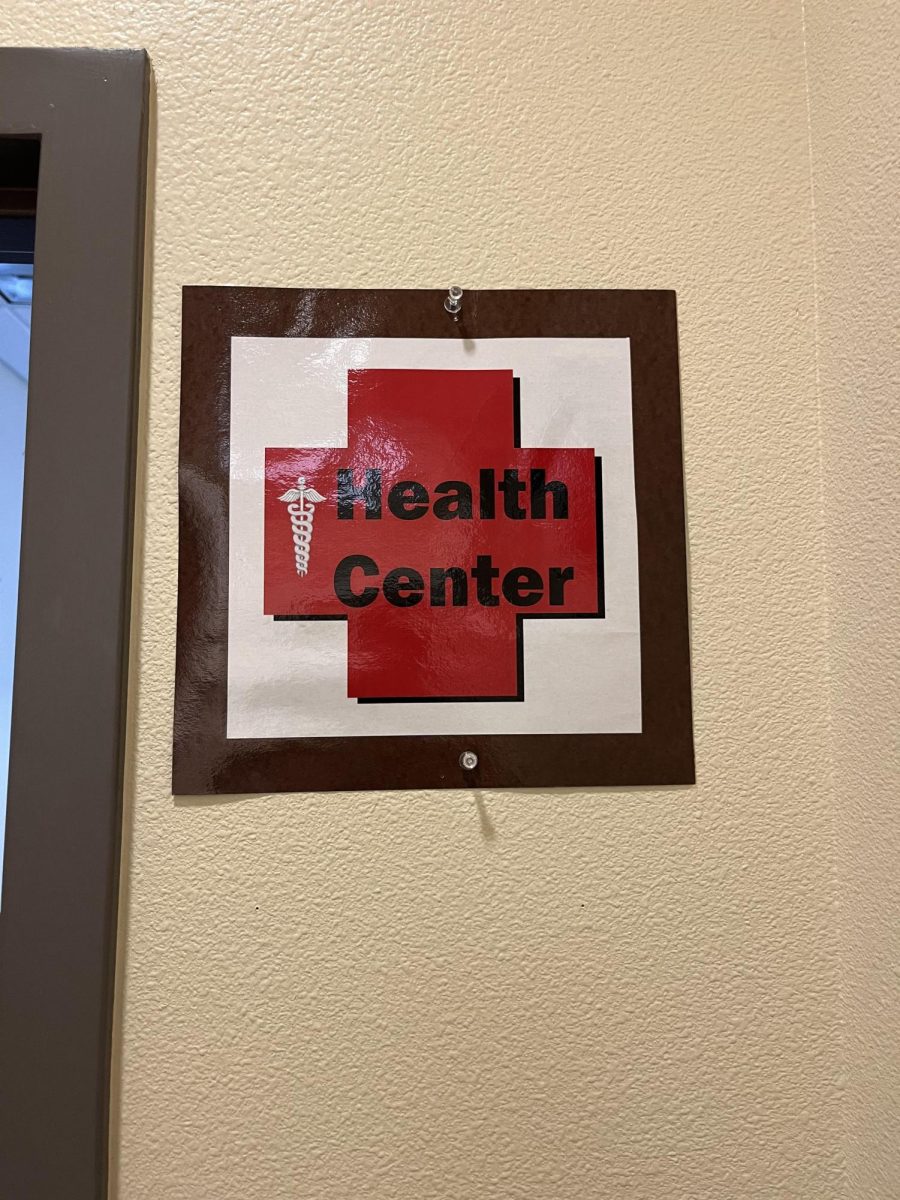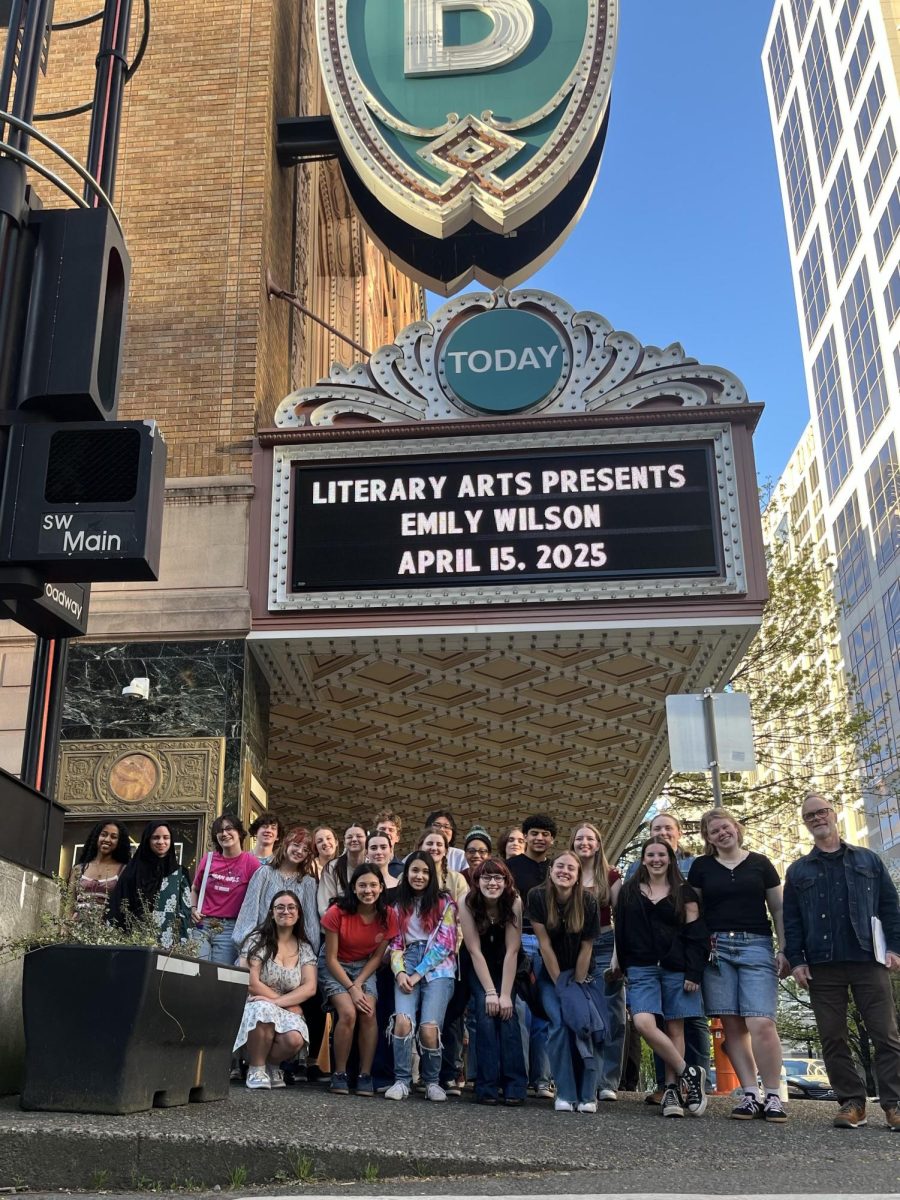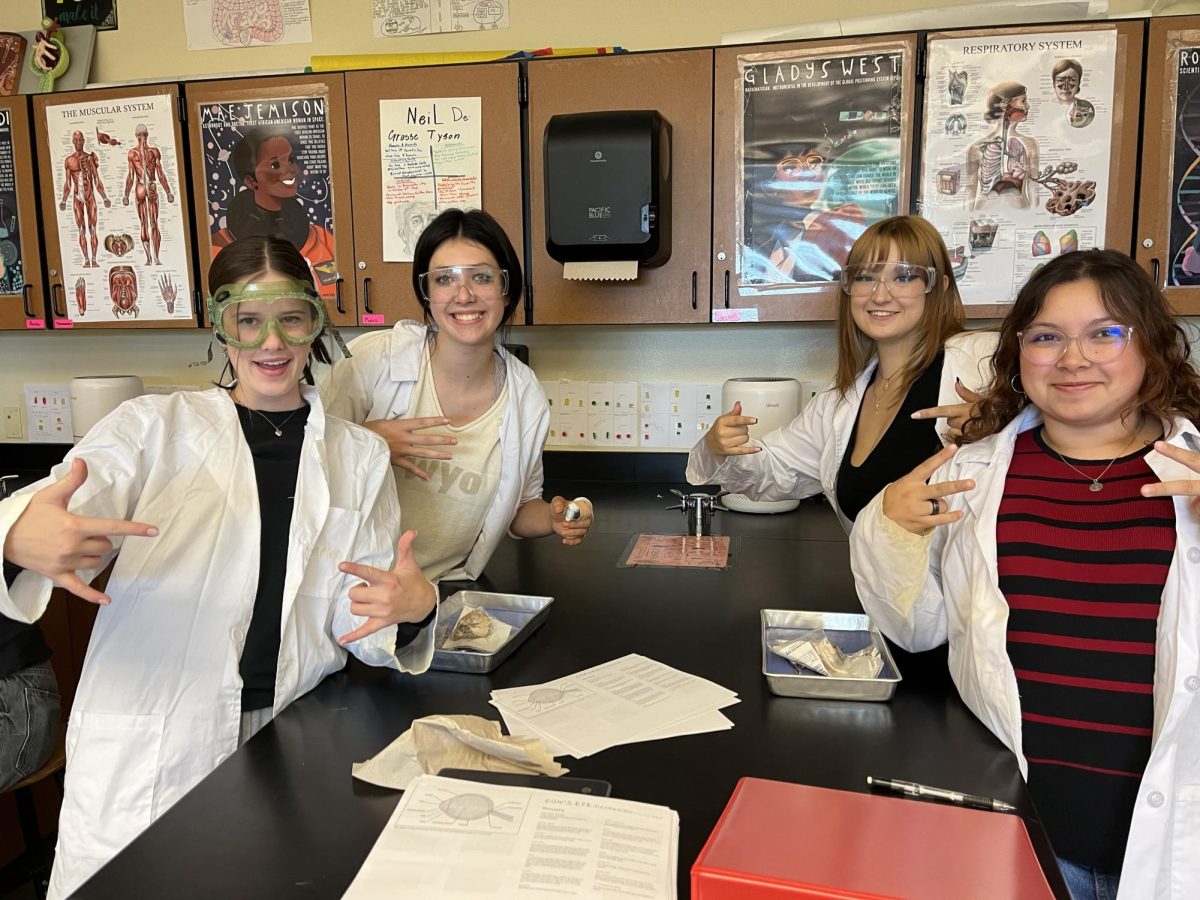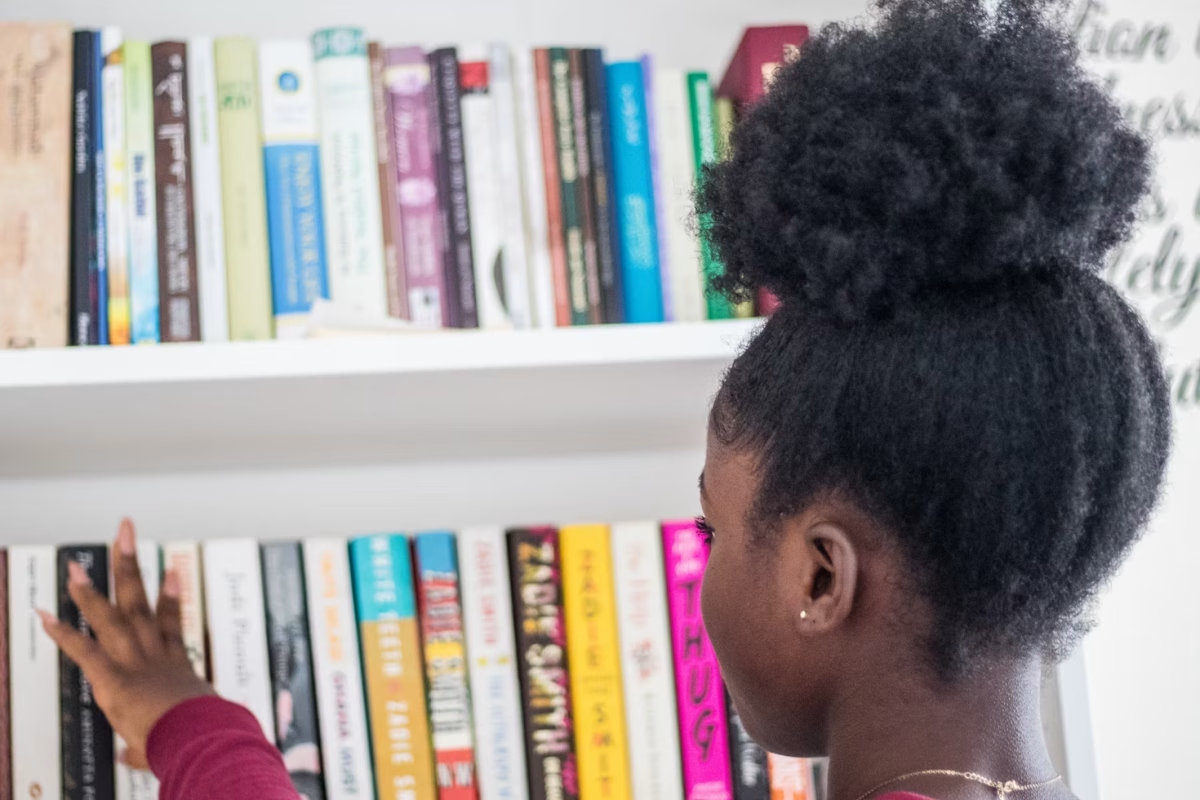As the pandemic raged throughout the world in early 2020, Oregon City School District (OCSD) made a commitment to continue providing education, even when everyone was stuck at home. In an announcement made through emails, phone calls, and social media on April 10th of that year, they said that “we want to ensure our students remain connected to their teachers, peers, and school.” This is a sentiment that has continued to define the district’s technology policy in the years since – but in a post-Covid educational landscape, how does our high school continue to use technology?
The Numbers
During the month of April, The Elevator released two surveys. One survey was sent to teachers, and the other was posted around the school for students. Less than half of the teachers responded (although there was representation from every department), and the student survey only had 165 responses with a strong bias towards freshman and juniors (and a considerably low amount of seniors).
On average, teachers reported that only around 40% of their assignments had to be turned in digitally (such as through Google Classroom). Students, on the other hand, reported that they had to turn in 70% of their assignments this way.
The Science department had the most tech-only assignments, and Social Studies had the lowest in the core subjects. The department with the absolute lowest amount of tech-only assignments was Performing Arts.
There was a large discrepancy between how teachers and students reported their ability to complete assignments on their phone, with the average teacher percentage nearly 30% lower than student reports.
According to teachers, Health and English do not have many phone friendly assignments, whereas the majority of Math assignments could be completed on phones. One English teacher on the survey commented that “phones are lousy tools for classwork. Students can use them, but they’re usually at an academic disadvantage.”
The largest difference between what teachers and students reported was regarding how students prefer using phones to laptops. Teachers said that nearly 40% preferred using phones, but only 10% of students responded that way. Most students preferred using either a school provided chromebook or a personal laptop. One student did comment, however, that they considered their phone to be a “very useful device when used properly.”
Staying on task
One of the most difficult parts about giving students near-unrestricted access to an internet device is keeping them on task when they should be working on academics. “One trend that I’m noticing when chromebooks are out is that they are more used for games than they are for students actually in Google Classroom, connecting to the resources they need,” said Ms. Lightner, an AP Statistics and Biology teacher. “There is a subset of students who are more willing to pull out their chromebooks. . . but it’s not because they’re being studious, it’s because they’re like, ‘I’m in the middle of this game.’”
This is a common problem across our school, where students use the provided technology to do anything but what they’re supposed to do. There are tools that are designed to police student’s usage of technology, but they often require extra input from a teacher. Mr. Chavez, a student teacher in the English department, says, “I would love to live in a world where GoGuardian [the program used by the district to monitor student screens] doesn’t need to be a thing, and I can just walk by and be like, ‘Oh, you’re doing your thing. That’s fine, great.’”
Accessibility and Age
There’s also the issue regarding the age of the chromebooks, and the difficulty of obtaining loaner-chromebooks for students to use when their own isn’t working. “A lot of the chromebooks are antiquated,” says Dr. Pete, a Chemistry and AP Biology teacher. “A lot of students bring laptops, and then by third, fourth, fifth period they’re already dead [of charge].”
Keeping laptops charged is a recurring issue – there were multiple responses from both the student and teacher surveys suggesting that the library keep loaner chargers as well as loaner chromebooks. Currently, if a student’s chromebook is dead and they don’t have access to a charger, they must go to the library to borrow a “loaner” device. This is also what they must do if their device is broken or otherwise nonfunctional.
An issue arises from this as well, as the library is a significant distance from many classrooms in the academic halls. “If someone doesn’t have their computer with them, and we’re doing an assignment. . . that takes ten minutes but they have to go to the library, they’ll miss the whole activity,” said Mrs. Flores, a Spanish teacher. This is an issue in the Science department as well. “If a student doesn’t have a laptop, and I need to write them a pass to go to the library to get a laptop, that’s not a good use of class time,” said Dr. Pete.
In the end, it may be time to reduce technology usage in the classroom. Giving each student a device allows for extra distractions within the classroom, and students lose class time trying to borrow devices when their own is broken. “Technology’s important,” said Dr. Pete. “Being able to access technology and access information is a really important set of skills… [but] computers prevent you from making a lot of those connections.”


